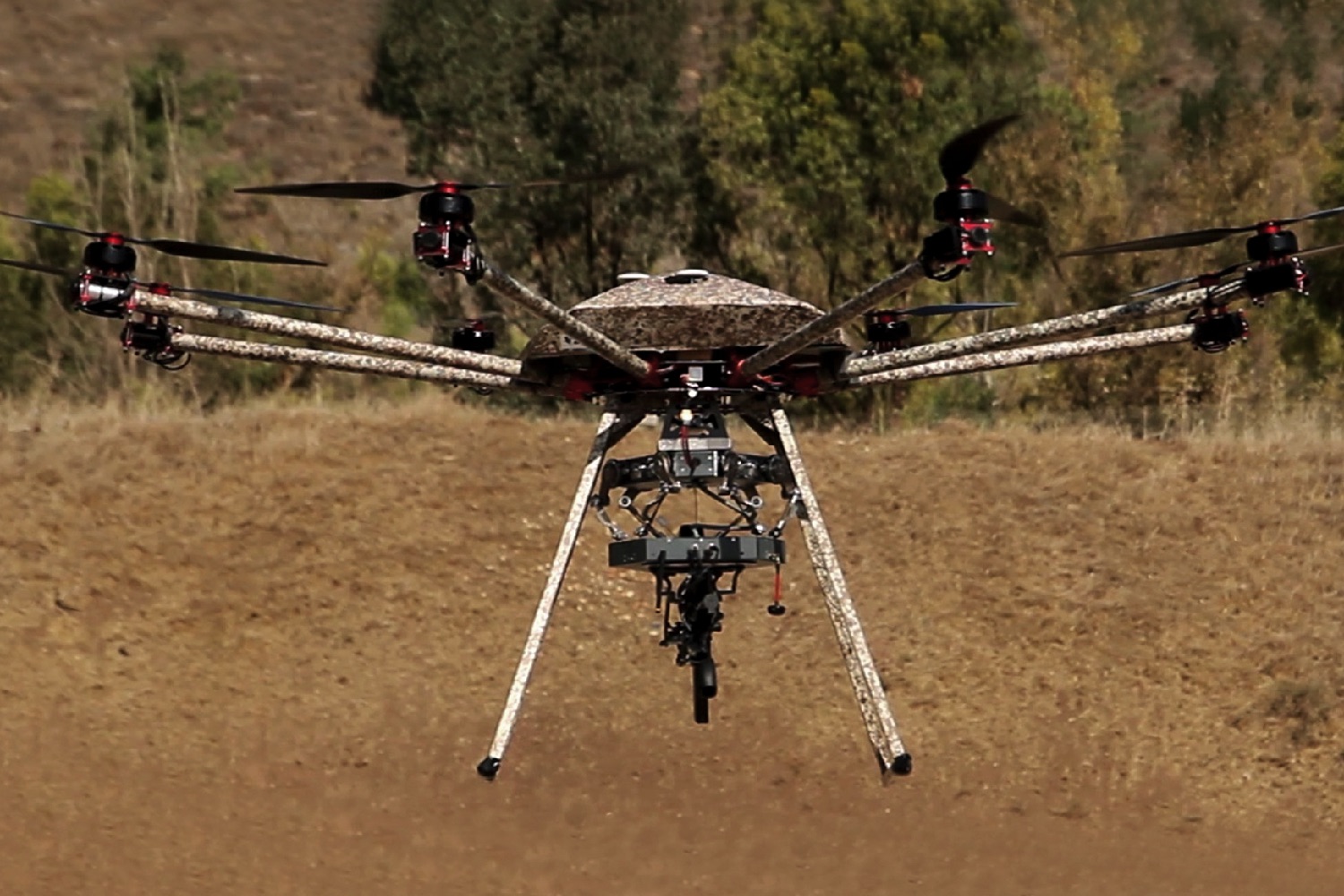Intended for military deployment, TIKAD is an unmanned aerial vehicle (UAV) designed to replace boots on the ground in some of the toughest warzones on the planet. It weighs 110 pounds (50kg), can fly at an altitude of anywhere from 30 – 1,500 feet and — oh yes — did we mention that it can sport a plethora of semi automatic weapons, and a 40mm grenade launcher for good measure?
“As a former Special Mission Unit commander, I have been in the battlefield for many years, and more than once I hoped that a different solution other than sending in the troops existed,” CEO Raziel Atuar told Digital Trends. “At Duke Robotics, we wanted to create something that would be a game changer in future battles, [and] that could save lives of troops, as well as uninvolved civilians, in the combat zone.”
Atuar says that, as classic army versus army confrontations on battlefield have become increasingly rare, tools intended for guerilla warfare have become more important than ever. That’s where the requirement for a drone that’s capable of firing small arms from the air comes into play. TIKAD features plenty of smart tech, but perhaps its smartest tools are its high levels of accuracy and a proprietary robotic stabilization system that enables it to absorb the recoil of its mounted gun as it’s fired. (This stabilization platform can also be used as a standalone unit for snipers on the ground.)
“TIKAD is ready to be delivered,” Atuar continued. “We are in the process of implementing an initial order from the Israeli Ministry of Defense, and we are in contact with selected governments as potential customers. For obvious reasons, our government customers are highly sensitive regarding this type of information, and it is up to them to decide if and when to share more information [about where these drones are deployed].”
And, just like that, we’re one step closer to the opening montage of a Terminator movie!
Editors' Recommendations
- Future armies could use teams of drones and robots to storm buildings
- This compact drone gun can down a rogue quadcopter at 500 meters







